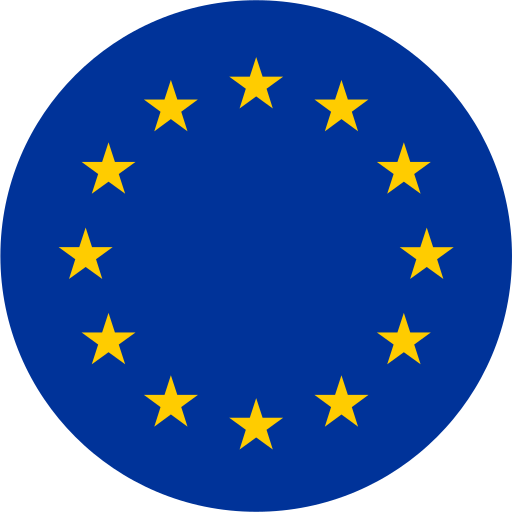When did the euro start? History of the euro
The euro came into existence on 1 January 1999, although it had been a goal of the European Union and its predecessors since the 1960s. After tough negotiations, the Maastricht Treaty entered into force in 1993 with the goal of creating an economic and monetary union by 1999 for all EU states except the UK and Denmark. The currency was formed virtually in 1999; notes and coins began to circulate in 2002. It rapidly took over from the former national currencies and slowly expanded behind the rest of the EU. In 2009, the Lisbon Treaty finalised its political authority, the Eurogroup, alongside the European Central Bank.
Source: Wikipedia

